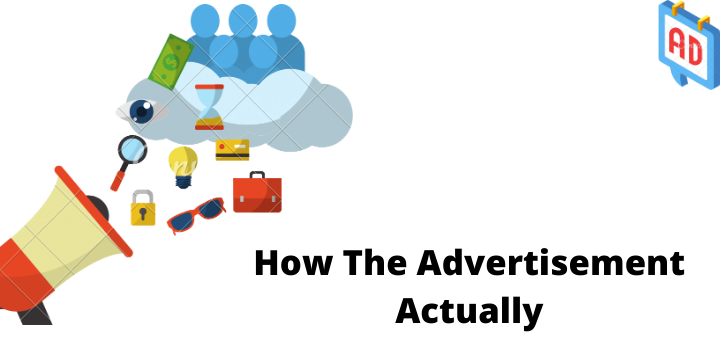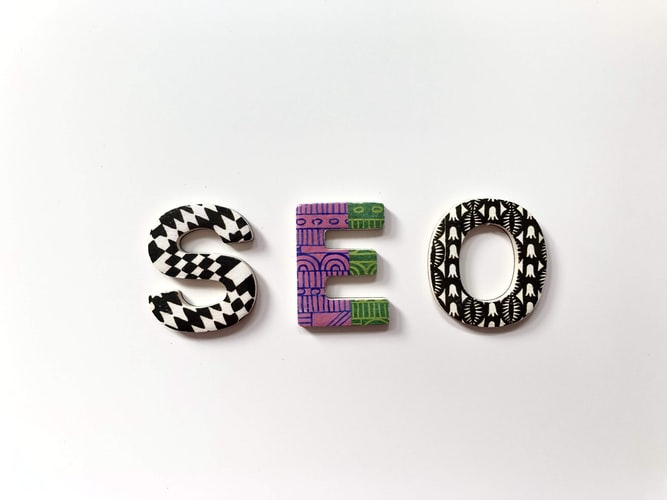The “pain” of the advertiser or how the advertisement actually “works”
Any entrepreneur, marketer, manager, advertiser can easily find a lot of materials on how to choose the right distribution channel for advertising messages. But if everything is more or less good with marketers, then with all the rest, trouble! Having worked in the media industry for almost 10 years, I came across daily objections: “I need coverage, let everyone know about me!”, “No, I’ll try for a month, we’ll see”, “No, the advertisement didn’t work, nobody bought anything ” etc.
In this article, I will express my “pain” about how to draw conclusions about the effectiveness of advertising. I will share the typical mistakes of advertising customers and their baseless expectations. I hope that a number of advertisers will heed the experience and stop insisting on their submissions, trust the professionals, share responsibility, and will no longer assert that no advertising works and that they buy only “according to the sarafan and their best practices.”
What does the customer want from advertising?
- increase in turnover;
- increase in the number of customers and buyers / customers;
- increase in profit and profitability;
- provide themselves with work, orders;
- sell all goods in the store and deposits in the warehouse.
What does the advertisement really give?
- brand recognition, company;
- interest and desire to learn more about the company or product;
- generates interest in a service, product, company;
- forms the attitude to the product, company;
- creates preconditions for purchase;
- informs about the promotion, new receipt of goods, new service;
- reminds regular and “warm” customers about the company;
- helps to make a choice among similar offers in the market;
- builds awareness of know-how in a particular segment.
I do not deny that, as a result, an advertising campaign should bring a positive shift in terms of profit or at least hold a position in a situation of decreased buying activity, at the time a strong competitor and a new player appears in your market, as well as during an off-season period. But advertising is not all that affects sales.
Good, high-quality, thoughtful, and therefore effective advertising will lead you to potential buyers. But will they buy? Address this question to yourself and:
- employees on the incoming call flow;
- those who meet at the outlet;
- those who lead your social networks;
- those who are engaged in procurement, maintaining the assortment, who gives the choice to your customer;
- those involved in the calculation of goods in the purchasing area;
- to those who assort claims and provide after-sales service.
Where do you lose buyers and customers?
Example No. 1. You ordered an advertisement by choosing the right source, your target audience saw your offer, became interested and “went” for more information on the Internet … But you are not there! What does your client do? He will stumble upon the offer of your competitor and leave you. That is, you invested money in advertising, formed an interest and desire to buy, and the client left … It’s a shame! To advertisers you will say: “Advertising didn’t work, nobody came, didn’t even call!”
Example No. 2. The beginning is the same, but the buyer was more persistent or your message in advertising was so strong that they still call you to get additional information without finding answers on the Internet. And no one answers the phone, because “a legitimate lunch break or day off!”.
Okay, we picked up the phone: “Hello, what did you want?” Customer hangs up! Because answering in this way an incoming call by phone, which, incidentally, is indicated in the advertisement, is rudeness.
Or the client still finds out what he wanted, but whether he will come for a purchase is a question. Because “spoons were found, but the sediment remained!”.
Example No. 3. A potential buyer wants to go to the store. I note that if your outlet is located there, which is difficult for advertisers to find, then make a large signboard, signs from the main streets and roads. My experience says that some of the buyers are lost precisely “along the way.”
Example No. 4. The buyer came to the store, but they did not meet him, the sellers go about their business, or they are not on the trading floor at all. A particularly interested client with an iron-formed need will find a seller, but if you were visited by a different one?
Example No. 5. The buyer came, the sellers gently “kindly caressed” him, but only what was in the advertisement was not available … And the need is urgent. Well, if promptly “talk” and offer an alternative. An extreme case – they will sell again what is only on order, but the quality is such that you can wait.
And so on, there are so many options. It may be, by the way, that everything is fine at all stages: the Internet, a call, sellers and office managers, warehouse workers and cashiers, only the average check is above the average, and it takes time to make a purchase decision. As a result, there are no expected sales immediately after the first publication. What is the conclusion of the customer? “The ad didn’t work, nobody bought anything!” Did you come? “I don’t know!”
Typical mistakes of an advertising customer:
- Ineffective layout, video, banner, article, made on the principle of “the main thing – inspires me!” There is such a proverb: a worm should not be liked by a fisherman, but by a fish.
- To choose an advertising distribution channel on the principle of “look, it’s not a pity 5000, I’ll give an advertisement there”, but what will the customer get for this money?
- Choose a promotion channel on the basis of only coverage: “Everyone watches TV!” But you don’t need everything, you need your target audience.
- Launch advertising and not tell employees about it.
- Do not take measurements of the flow of visits to the site, phone calls, visits to the outlet before the advertising campaign and during its duration.
- Do not draw up and do not allow filling out questionnaires at the point of sale / office of visitors or questioning only those who bought something. By the way, the profile is a great way to meet a client and open the “curtains”. Tired of the hackneyed phrase: “Help you? You ask if that … “.
- To compile statistics after the entire advertising campaign, and not during – you can quickly make changes to the current advertising, to make it as effective as possible.
- Do not introduce special methods of motivating employees who are required to record all contacts with potential customers.
- Consider in the analysis of statistics either only the number of calls, or only the amount of investments. Correctly – analyze in a complex both parameters (contact cost).
Example: newspaper – 50 calls, invested budget – 30,000; TV – 80 calls, budget – 100,000; banner – 20 calls, budget – 10,000.
First conclusion: most of all TV – calls most of all. But if you take the average cost of contact (newspaper – 600, TV – 1250, banner – 500), then the banner is more effective.
You can analyze further: by the number of purchases, the average purchase receipt, post-effect from advertising, etc. An in-depth analysis requires a professional SMM Company.
- Hide statistics from their advertising managers, they will help you understand the data, save your money, and lead you to the desired result.
- Launch an advertising campaign for one hour, day, month. Any advertising should be permanent. We inform – we remind – we work on trust – we accept the visitor – we sell the goods / service. This is a long process, not a one-time job.
- Expect visitors and customers to tell you how they found out about you.
Advertising is a complex product. It must be understood. One person told me: “In America, everyone knows football and advertising.” I advise you not to spend money in vain, but to work with professionals.









